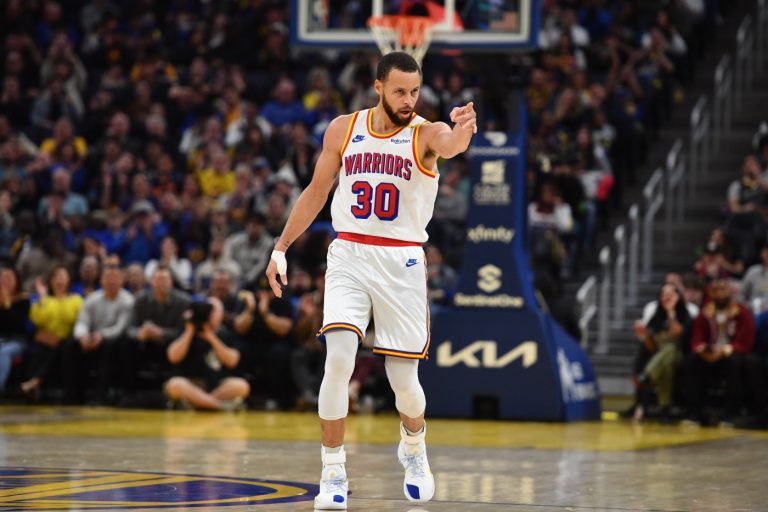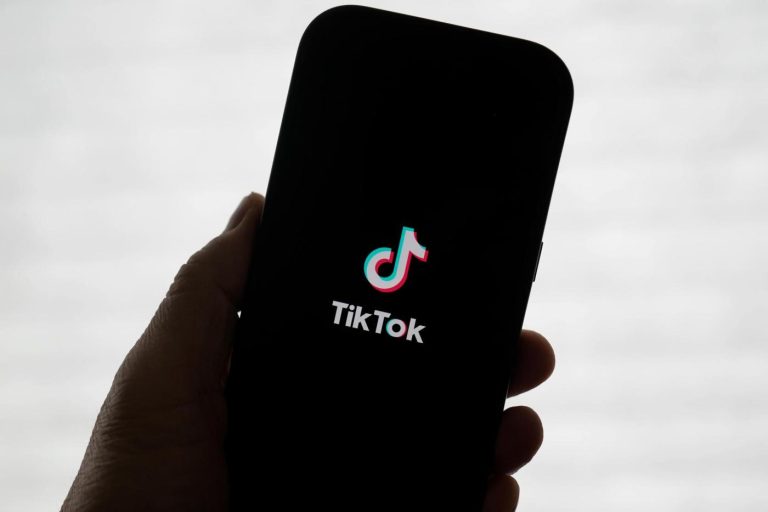Sponsored Content
With 91% of consumers saying they want to see more online video content from brands, 96% of marketers considering video as an essential part of their marketing strategy, and 92% of video marketers achieving good ROI from their efforts — companies can’t afford to overlook this popular content format.
But creating engaging videos is just the first step. You must use the right video platform to get your content in front of the right audience. Here’s how to choose one for your business.
Meet Your Audience Where They Are
First, understand how your audience consumes content. Consider demographic factors like age, gender, and geographic location, see if they prefer quick, bite-sized videos or longer, in-depth content, and find out what devices they watch videos on.
Then, identify the content types that resonate with your audience. Do they like educational content, entertainment, product demonstrations, or behind-the-scenes glimpses? Do they prefer a casual, creative tone or a more polished, professional style?
Most importantly, determine which video and social media platforms your audience is active on. Consider if they use multiple channels and adapt your strategy to maintain a consistent brand presence across these touchpoints.
Tailor Your Video Content For Each Platform
Each platform has its unique culture, features, and user behavior. Adapt your content to the platform’s environment. For example, adjust the videos’ duration based on platform norms and align your content with the aesthetics, tone, and style prevalent in each.
Optimize your video size and orientation for each platform. Add captions, especially for those where users may watch videos without sound. Also, tailor your script to leverage platform-specific engagement features such as comments, likes, shares, and polls.
Keep visual elements, such as logos and color schemes, consistent across channels to reinforce brand recognition. However, adapt your hashtags to enhance discoverability and incorporate platform-specific keywords in titles, descriptions, and captions to improve searchability.
Align Platform Functionalities with Your Content Goals
Your video platforms should offer features and tools to support your content goals, like building brand awareness, generating leads, educating your audience, monetizing content, and providing entertainment.
For example, choose platforms with engagement features like comments, likes, and shares to foster audience interaction. If revenue generation is a priority, use those with robust monetization options. For educational purposes, focus on ones that support longer-form content and features like playlists.
Also, check each platform’s analytics tools to understand data availability and see if they can support your reporting needs. If your objectives include converting viewers into leads or customers, use platforms with robust conversion tracking to gain insights into user actions.
Popular Video Platforms For Marketers and Advertisers
Here are some of the most popular video platforms and their pros and cons:
• YouTube: It offers a vast user base, global reach, and various monetization opportunities. Videos on YouTube tend to rank well in Google Search results, helping you boost visibility. However, the crowded and highly competitive environment makes it challenging to get found and gain traction.
• Facebook: Besides billions of active users and robust targeting options, the platform supports various video formats (e.g., video ads and live streaming.) However, frequent algorithm changes can affect organic reach, and the auto play feature could mean people scrolling past videos without engagement.
• Instagram: Its emphasis on visual content is ideal for storytelling. You can leverage the robust engagement features to build audience relationships. However, algorithm changes can impact visibility, and the audience’s short attention span means you must produce concise and attention-grabbing videos.
• Vimeo: It’s known for hosting high-quality, professional content and gives you more control over video player customization. It also provides detailed analytics for video performance. However, it has a much smaller user base than YouTube and offers limited monetization options for creators.
• Connected TV (CTV): With the rise of streaming services and smart TVs, CTV stands out as one of the best platforms to leverage. It presents a distinctive opportunity to captivate large screen, TV show viewing audiences using detailed metrics and targeting opportunities at a cost-effective rate.
Other platforms you may consider include TikTok and Snapchat for a younger audience, LinkedIn for B2B marketing, and Pinterest for robust shopping integration.
Make Video Part of Your Digital Marketing Strategy
Your video marketing tactics must integrate with your other digital marketing channels to deliver a cohesive and converting brand experience. Our integrated digital marketing solutions help you find the best platforms for your business and implement the latest tactics. Learn more and get in touch to see how we can help you tap into the power of video marketing.
The news and editorial staff of the Bay Area News Group had no role in this post’s preparation.












